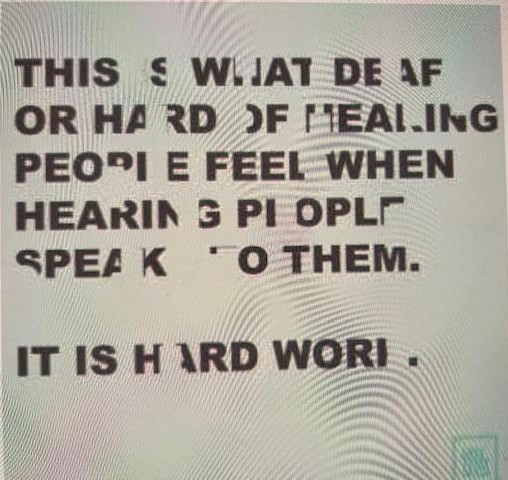
ADHD is a developing condition that is in desperate need of our attention in the middle of the constant hum of modern life, where multitasking is praised as a virtue and attention spans are dwindling. Imagine that while society advances, these people constantly seek out new experiences within the walls of their minds. Their minds serve as both a playground and a fight for ideas.
Attention-deficit/hyperactivity disorder, mainly known as ADHD, is an extremely common condition, having more than 3 million cases per year in the United States. This condition causes people to have difficulty focusing, being easily distracted, hyperactivity, poor organization skills, and impulsive behavior. Symptoms could potentially be noticed in early preschool but usually become apparent at the age of 7. There are three types of ADHD: predominantly hyperactive/impulsive presentation, predominantly inattentive presentation, and combined presentation.
The hyperactive type of ADHD refers to constant movement, excessive energy, not sitting still, and being talkative. In children, six of the symptoms occur frequently: Constantly moving their hands or feet, fidgets or squirming in their seat, not being able to stay seated in the classroom or place of work, climbing and running in places where it is inappropriate, difficulty with waiting for their turn an example of such is waiting in line, excessive talking, and Interrupting or intruding on others (for instance, cutting into conversations, games or activities, or starts using other people’s things without permission).
People who have the inattentive type of ADHD have issues trying to stay focused on their tasks, organizing, and focusing. The main symptoms they experience are: Not paying close attention or making careless mistakes during tasks in school or work and having problems with staying focused on their tasks. Examples of this are during lectures, conversations, or long reading when being spoken to, and they don’t appear to be listening, have trouble keeping chores and work structured (e.g., struggle with time management, produce untidy, unorganized work, and miss deadlines), and avoids or dislikes responsibilities that require prolonged mental work from them, such as writing reports and filling out forms.
The exact cause of why ADHD occurs is still unknown. The research that we have now suggests that ADHD is carried through genetics. Where ADHD happens exactly is in the brain, it is a brain-based biological disorder. Kids who have ADHD are shown to have lower levels of dopamine (a brain chemical that allows you to feel pleasure, satisfaction, and motivation), which is a neurotransmitter. In children with ADHD, brain metabolism is lower in the regions of the brain that regulate attention, social judgment, and movement, according to research employing PET scanners (positron emission tomography, a type of brain imaging that enables one to see the human brain at work).
I interviewed ECHS sophomore Ariel Rivenbark, who commented, “Living with ADHD on a daily basis makes it challenging to communicate without moving around on topics, focus on my work or tasks, and easily get frustrated cause of the circumstances.” “I first realized I had ADHD when it was becoming harder to plan what order to do my assignments. Then, when I tried to follow that plan, I would easily get sidetracked. Those two were the biggest signs that I had it.”
https://www.psychiatry.org/patients-families/adhd/what-is-adhd
https://www.hopkinsmedicine.org/health/conditions-and-diseases/adhdadd












